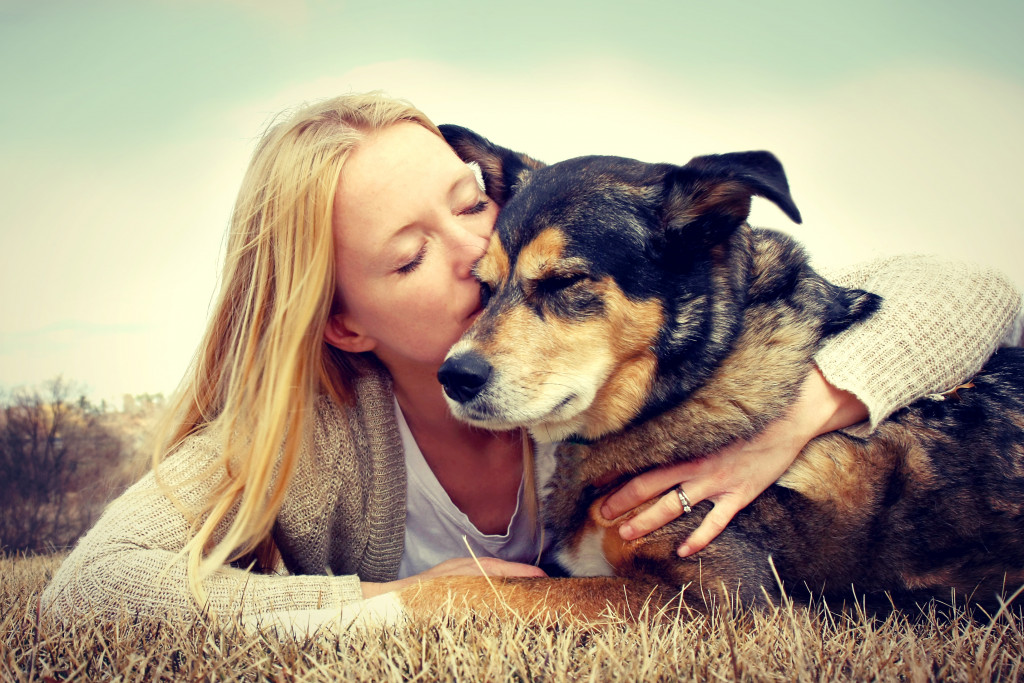Dogs are man’s best friend. They are the constant companion of every family and are one of the few pets that can pay dividends by simply taking care of them. For example, dogs can serve as loyal protectors, watchdogs, or hunting partners. In addition, people can use them for assistance work, including guide dogs for the visually impaired and service dogs for people with other disabilities. Because of this, about 70% of families in the U.S. owns a dog.
However, owning a dog can also mean being responsible for them. Dogs are susceptible to many diseases, such as rabies, heartworm, and parvovirus. One of the most common diseases in dogs is muscle disorder. One of the most common is myopathy.
What is Myopathy?
Myopathy is defined as a debilitating muscular disorder that results in the weakening of the dog’s muscles. It can be caused by various factors, including genetic defects, trauma, infection, and certain chemicals or drugs. Myopathies can affect any dog breed, but some species are predisposed to developing the condition.
The most common form of myopathy in dogs is degenerative myelopathy (DM). DM is a progressive neurological disease that affects the spinal cord and causes paralysis in the hind legs. Other forms of myopathy include muscular dystrophy (MD) and exercise-induced collapse (EIC).
What Are The Symptoms Of Myopathies?
The symptoms of myopathies vary depending on the type of myopathy and the severity of the condition. In general, however, the symptoms include muscle weakness, tremors, ataxia (loss of coordination), and paralysis.
For degenerative myelopathy, the symptoms typically begin with a loss of coordination in the hind legs. As a result, the dog may seem uncoordinated and unsteady when walking or standing. As the disease progresses, the dog will experience muscle weakness and paralysis in the hind legs.
For muscular dystrophy, the symptoms vary depending on which muscles are affected. The most common symptom is exercise intolerance, meaning the dog tires quickly and has difficulty completing physical activity. Other symptoms include muscle weakness, tremors, and joint contractures (a condition where the joints become fused in a fixed position).
Exercise-induced collapse is similar to degenerative myelopathy in affecting the hind legs. However, exercise-induced failure only occurs during or after periods of strenuous exercise. The dog may seem ordinary at rest but will experience weakness, tremors, and paralysis after exercise.

What Causes Myopathies?
The cause of myopathies is typically unknown. However, some risk factors have been identified. For example, DM has been linked to specific breeds of dogs, such as Boxers, Pembroke Welsh Corgis, Rhodesian Ridgebacks, and Golden Retrievers. MD has been linked to Cavalier King Charles Spaniels and Doberman Pinschers. EIC has been linked to Labrador Retrievers and Border Collies.
How Are Myopathies Diagnosed?
Myopathies are typically diagnosed through physical examination, medical history, and laboratory testing, and a physical exam will help the veterinarian identify any muscle weakness or paralysis. The medical history will help identify risk factors, such as breed, age, and exposure to toxins. Laboratory testing can include electromyography (EMG), which assesses the electrical activity of muscles, and biopsy, which involves taking a small sample of muscle tissue for examination.
How Are Myopathies Treated?
There is no cure for myopathies. However, treatment is available to help manage the symptoms and improve the dog’s quality of life. Here are some of the most common treatments:
Managing their Energy
When a dog experiences myopathy, it mustn’t overexert itself. This means limiting their physical activity and keeping them on a leash outside. It’s also essential to provide a comfortable place for them to rest and avoid strenuous activities, such as stairs or jumping.
It’s also essential that they undergo training. One essential training is obedience dog training. This kind of training can ensure that your dog is capable of conserving its energy. The training does this by teaching the dog to respond to commands such as sit, stay, come, down, and so forth.
Nutrition Management
A well-balanced diet is essential for all dogs, but it’s necessary for those with myopathies. A diet rich in protein and omega-3 fatty acids can help slow the progression of muscle weakness. It’s also necessary to avoid giving your dog foods that are high in fat or sugar, as these can worsen the symptoms.
Physiotherapy
Physiotherapy can help improve muscle strength and coordination. Joint physiotherapy exercises include massages, stretching, and range-of-motion exercises.
Drug Therapy
Several drugs can be used to help manage the symptoms of myopathies. These include steroids, which help reduce inflammation, and cholinesterase inhibitors, which help improve muscle function.
Surgery
Surgery may sometimes be necessary to correct joint contractures or remove damaged muscle tissue.
Myopathies can be severe, but with proper treatment, many dogs can live long and happy lives. If you think your dog may suffer from myopathy, talk to your veterinarian as soon as possible. Various treatments are available to help your dog manage its symptoms and improve its quality of life.

